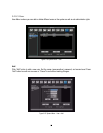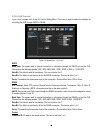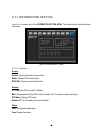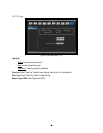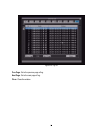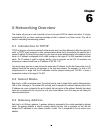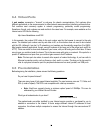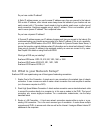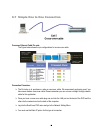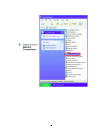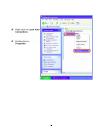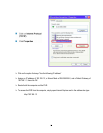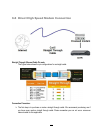
93
6.4 Virtual Ports
A port number represents a "channel" or entryway for network communications. Port numbers allow
different applications on the same computer to utilize network resources without interfering with each other.
Port numbers most commonly appear in network programming, particularly socket programming.
Sometimes, though, port numbers are made visible to the casual user. For example, some websites on the
Internet use a URL like the following:
http://www.fakeaddress.com:8100/
In this example, the number 8100 refers to the port number used by the browser to connect to the web
server. The standard port number used by web sites is 80, so this number does not need to be included
with the URL (although it can be). In IP networking, port numbers can theoretically range from 0 to 65535.
Most popular network applications, though, use port numbers at the lower end of the range (such as 80 for
HTTP). Ports are similar to doors and windows of your house, with port 80 acting as the front door. If these
are not open you could not enter the house. This is the same case with ports on a network. If the ports for a
specific IP address are not open then you could not gain access to that IP address.
Note: The term port also refers to several other aspects of network technology. A port can refer to
Ethernet connection points, such as those on a hub, switch, or router. The term port is also used to
refer to a physical connection point for peripheral devices such as serial, parallel, and USB ports.
6.5 Pre-Installation
Before beginning the installation, please answer the following questions:
Do you have Hi-speed Internet? ______________
There are many types of high speed Internet available. The most common ones are T1, Cable, and
DSL (in order of speed). The DVR is not compatible with a dial-up connection.
Note: EverFocus suggests having a minimum upload speed of 256KBps. This can be
addressed by your Internet Service Provider.
What type of modem/router do you have? ______________
Modem/router model name/ #
The modem/router was either installed by your Internet service provider or purchased by you to
establish a connection to the Internet. A router assigns different internal IP addresses to local
computers; this allows multiple computers to access the Internet through the same external IP
address.



